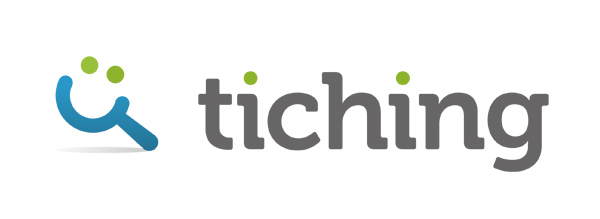Tiching is a school educational network that aims to be a benchmark in which the education community can find and share resources to learn and teach better. Its objective is to make accessible to teachers, students and families all educational digital contents available on the Internet and to disseminate them in a personalized way.
The network is structured around three main axis: World, School and Classes. World is organized around a group of people interested in specific topics. School is a shared space between all members of the same school, and Classes allows creating and managing a teaching and learning environment for a group of students.
Tiching gives access to thousands of digital content in a wide variety of formats- interactive activities, games, videos, presentations, texts, webquests, etc -. Classified according to educational stages and thematic blocks. There are three types of Digital content: resources (minimum units of content), teaching sequences (set of teaching and learning as well as assessment activities structured in a way that allows the achievement of specific learning objectives) and textbooks (sets of teaching sequences).
To locate educational content, Tiching has a search engine that allows semantic searches and filtering by skills and educational levels, as well as Explore, which allows access to recommended content that takes into account the user-defined preferences.
The system also allows users to add new content, so that teachers, students, publishers, or other community members who have created their own resources and wish to share and disseminate them can do so through Tiching.
Users can create their own space, a Library, where they can store and organize resources into folders, sequences and textbooks that interest them and are working with.
In 2014 Tiching is present in 19 countries and has 672,920 files.

